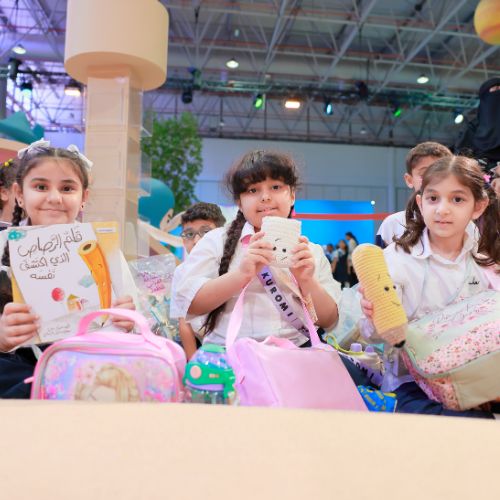Signs of Child Abuse & Safety Tips
Child Abuse

Child abuse constitutes all forms of abuse and misuse of power, resulting in actual or potential harm to the child’s health, survival, and development.
The exposure to a direct or indirect form of maltreatment, and non-accidental injury to a child under the age of 18
Types of child abuse
Physical
Hitting, shaking, slapping, burning, and leaving a mark on the body
Verbal / Emotional abuse
Shouting, threatening, insulting, undermining, blaming, judging and intimidating.
Neglecting, saying or doing things that make a child feel unsafe, unloved and unwanted.
Sexual Abuse
Occurs when a person tries by force to have sexual contact for his own gratification.
Inappropriate touches, rape & watching pornography.
Encouraging a child to engage in prostitution.
Child Neglect
Absence of adequate basic needs for the child such as food and shelter.
Neglecting children emotionally, medically, and educationally. Inadequate supervision by parent and caregiver.
Sign and Symptoms
Depression and anxiety
Shame and guilt
Fear
Bruising
Addiction
Isolation and withdrawal
Aggressiveness and impulsive
Sleep and appetite disturbance
Decline in academic performance or poor school performance
Child Abuse
Perpetrating abuse cuts across social, academic, ethnic, and religious backgrounds.
Perpetrators may range from family members, acquaintances, peers, to strangers.
Who are the Perpetrators?
Assure child’s safety.
Assure child that it is not his/her fault.
Seek professional help, such as medical consultation, legal consultation, and mental health consultation.
Remember
Abuse may not leave visible scars but damages the child’s psychological well-being, and takes longer to recover. It takes a moment for a child to get injured – the regret and guilt will last a long time and is difficult to overcome.
Provide love, respect, and support.
